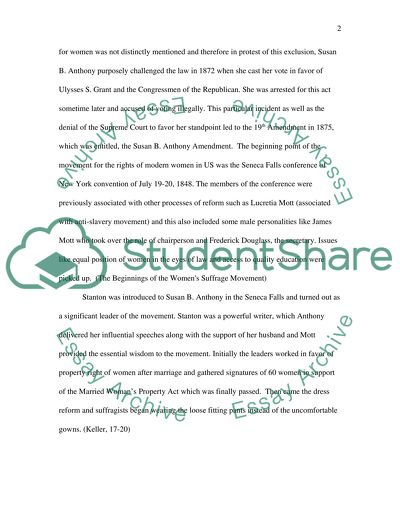Cite this document
(“Women Suffrage and Civil Rights Movement Research Paper”, n.d.)
Retrieved from https://studentshare.org/family-consumer-science/1409527-women-suffrage-and-civil-rights-movement
Retrieved from https://studentshare.org/family-consumer-science/1409527-women-suffrage-and-civil-rights-movement
(Women Suffrage and Civil Rights Movement Research Paper)
https://studentshare.org/family-consumer-science/1409527-women-suffrage-and-civil-rights-movement.
https://studentshare.org/family-consumer-science/1409527-women-suffrage-and-civil-rights-movement.
“Women Suffrage and Civil Rights Movement Research Paper”, n.d. https://studentshare.org/family-consumer-science/1409527-women-suffrage-and-civil-rights-movement.


